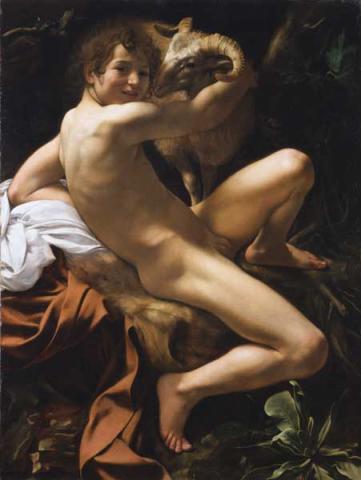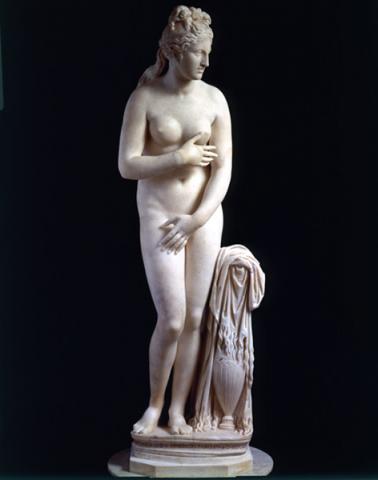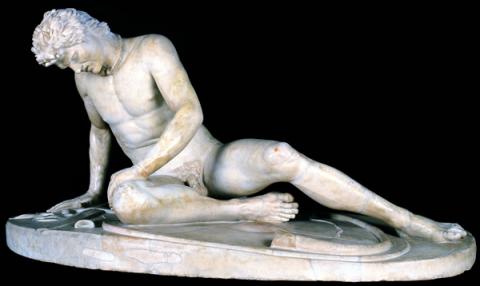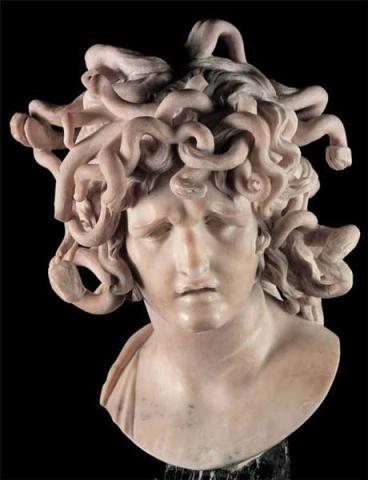The Temple of Veiovis
The Temple of Veiovis was only brought to light in 1939, during the excavation underneath Piazza del Campidoglio for the creation of the Gallery Junction.
The parts of the building which make up the Palazzo Senatorio are superimposed both over the temple and over the nearby Tabularium, thereby managing to obscure the Roman building almost completely and as a result saving it from destruction.
According to ancient sources, and based on the discovery, in the area of the cella, of a marble statue used for religious purposes, it has been possible to identify the divinity to whom this temple was dedicated: Veiovis, the youthful God of the underworld who was the ancient Italic version of Jupiter.
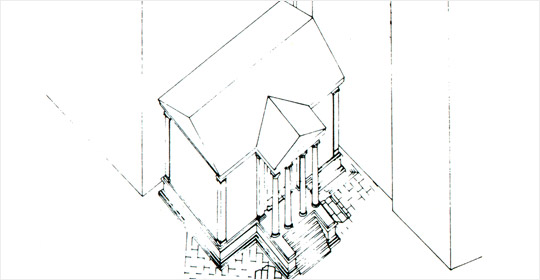
Latin authors define its position as being "inter duos lucos", that is to say between two sacred woods situated on the two heights of the Capitoline Hill. In the same area was also situated the Asylum, where, legend has it, Romulus extended hospitality to fugitives from other parts of the Latium region, in order to populate the new city which he founded.
Consecrated in 196 BC by Consul Lucius Furius Purpurio in the Battle of Cremona during the war against the Boii Gauls, the temple was then dedicated in 192 BC by Quintus Marcius Ralla.
The chief feature of this temple, and one which is not shared by many other Roman buildings - probably on account of the very limited space available - is the transversally-elongated cella, whose width is almost double its depth (15 x 8.90 metres).
The temple's high podium has a lime-and-mortar internal nucleus lined with Travertine marble.
The façade runs in line with the road that climbed up from the Clivus Capitolinus, and features a pronaos with four pillars in the central part preceeded by a flight of steps.
Three distinct building phases have been identified, the last of which has been dated to the first quarter of the I century BC and is linked with the building of the Tabularium.
The temple was then restored by Emperor Domitian in the I century AD with the addition of brick pillars and coloured marble coating on the floor and cella walls.
The area surrounding the building was paved with large slabs of Travertine marble.


























